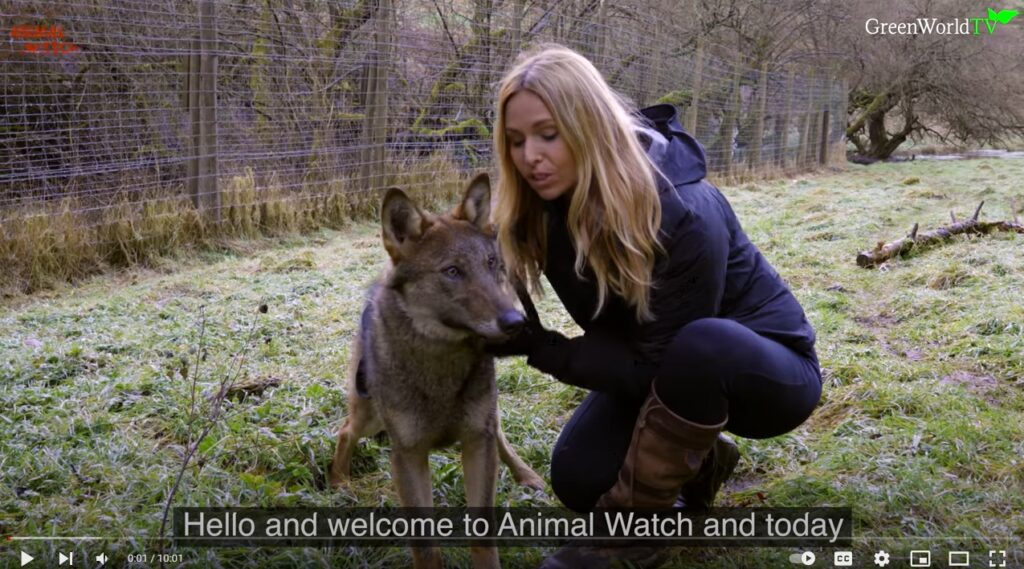The young of the two universally recognized wolf species – the red wolf and the grey wolf – as indeed of all subspecies as well, are known as puppies, or pups. A litter is born of the mating of the alpha male and alpha female in a pack; no other members of the pack will breed, with the period between March and May being the usual period for the birth. The mother separates the newborn babies from their fetal sacs, eats the placenta, and licks them clean. It is normal to have 4 to 6 babies in a litter, though up to 13 pups have been known to be born at a time.
Early days
The newborns, born in a den, are completely deaf and blind and bereft of any sense of smell. They are completely dependent on their mothers as they are unable to even regulate their own body temperature. They can barely move at the start.
Growth and diet
Early growth is rapid, with a gain of between 2.6 to 3.3 pounds every week for the first 14 weeks. Initially, they are brought up on their mother’s milk, which they feed on 4 to 5 times a day.
Various body parts gradually start functioning. After 11 days their eyes start opening, though their eyesight is quite poor initially. They also begin to get more mobile, as well as start, exercising their vocal cords at the same time.
After cutting their first milk teeth at around 2 weeks, they start to be fed small pieces of regurgitated meat. Other members of the pack can now participate in feeding them.
At 3 weeks they start venturing out of the den for short stretches.
Between 6 and 7 weeks they are in a position to start eating meat on their own. Weaning on mother’s milk continues until between 8 and 10 weeks.
They are in a position to abandon the den completely between the 8th and 10th weeks.
After 12 weeks they are permitted to join the pack on hunting trips, though initially only as observers.





